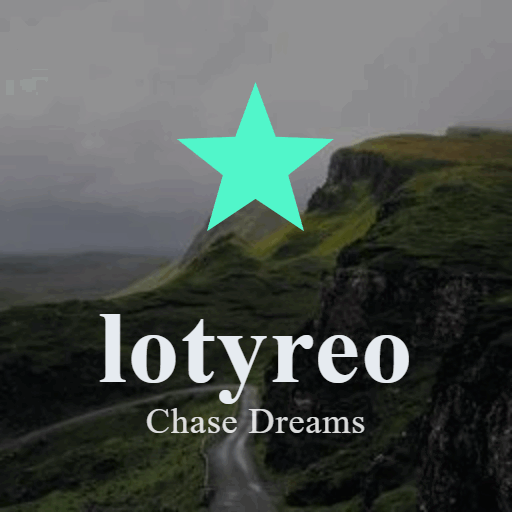
Creating a comfortable and productive workspace starts with choosing the right desk chair. Whether you work from home or spend hours at an office, a chair that supports your body properly can reduce discomfort and improve focus. However, with so many options available, deciding on the perfect chair can feel overwhelming.
In this post, we’ll explore practical tips to help you select a comfortable desk chair that fits your needs and keeps you comfortable throughout your workday.
Why Choosing the Right Desk Chair Matters
Spending long hours sitting can place strain on your back, neck, and shoulders. An uncomfortable or poorly designed chair may cause poor posture, leading to discomfort, fatigue, and even long-term health problems. Investing in a comfortable desk chair is essential not only for your physical wellbeing but for productivity and focus.
Key Features to Look for in a Comfortable Desk Chair
To make an informed decision, consider the following important features:
1. Adjustable Seat Height
One of the most critical features is adjustable seat height. Your feet should rest flat on the floor, with your knees bending at about a 90-degree angle. This adjustment helps reduce pressure on your lower back and legs.
2. Lumbar Support
Good lumbar support maintains the natural curve in your lower back. Without proper support, you are more likely to slouch, leading to back pain. Look for chairs with adjustable lumbar support so you can tailor the fit to your needs.
3. Seat Depth and Width
The seat should be wide and deep enough to support you comfortably. Ideally, there should be about 2 to 4 inches between the back of your knees and the edge of the seat. This prevents circulation issues and pressure behind your knees.
4. Backrest Tilt and Recline
A backrest that tilts and reclines can relieve pressure during long sitting periods. Some chairs provide lockable tilt features allowing you to lock the angle or let it move with you as you lean back.
5. Armrests
Adjustable armrests support your arms and reduce strain on your shoulders and neck. They should be positioned so your shoulders stay relaxed, not hunched.
6. Breathable Material and Cushioning
Look for breathable fabrics like mesh to keep you cool during long sessions. The cushioning should be firm enough to support your weight but soft enough for comfort.
Additional Factors to Consider
Besides the basic features, these factors will further enhance comfort:
Mobility and Swivel
A chair with smooth-rolling casters and that swivels allows you to access your workspace easily without straining.
Build Quality and Durability
Choose chairs made from quality materials and with good construction to ensure they last. Check customer reviews for durability insights.
Size and Space
Make sure your chair fits your workspace and is proportional to your desk. A chair too large or small can disrupt your comfort.
How to Test a Desk Chair Before Buying
Whenever possible, try the chair in person to see how it feels. Follow these steps:
– Sit in the chair and adjust the height so your feet rest flat on the floor.
– Adjust the backrest and lumbar support to find a comfortable posture.
– Test the armrests to ensure they support your arms without lifting your shoulders.
– Move around in the chair, check the swivel and rolling features.
– Sit for a few minutes to evaluate cushioning and breathability.
If buying online, look for stores with good return policies and customer reviews.
Tips for Maintaining Comfort While Sitting
Even the best chair can’t replace good habits. Remember these tips:
– Take short breaks every 30–60 minutes to stand, stretch, or walk.
– Maintain good posture: sit back with your back supported and feet flat on the floor.
– Adjust chair settings as needed throughout the day if you feel discomfort.
Popular Types of Desk Chairs to Consider
Here are some common chair styles that balance comfort and function:
– Ergonomic Office Chair: Designed specifically for long-term use with multiple adjustments.
– Mesh Chair: Offers breathability to keep you cool but still provides support.
– Executive Chair: Typically larger with more padding and luxury features.
– Task Chair: Smaller, lightweight chairs suitable for shorter sessions.
Conclusion
Choosing a comfortable desk chair is a key step toward a healthier and more productive workspace. By focusing on adjustability, support, and personal preferences, you can find a chair that fits your body and work style. Remember to try chairs when possible and invest in quality to ensure you enjoy comfort for years to come.
Take the time to choose wisely — your body will thank you!




